A New Approach to tackling School Bus Route Operations
The safety of students and drivers underscores every step a school bus transportation department makes. What happens outside the bus is just as important as what happens inside — often more so as the majority of fatalities and injuries happen outside the bus.
How does Route Operations Planning factor into the equation? And could better, more efficient route operations lead to increased student and driver safety?
Derek Graham, former North Carolina State Director of Pupil Transportation says it best, “there is no perfect school bus stop, because it is impossible to eliminate all potential hazards, but guidelines and training are still necessary to ensure…the safest, most informed decisions.”
How would a transportation department go about determining such decisions? Further still, if a school bus transportation department was using more traditional planning tools and methods, could they really make the safest, most informed decisions?
And for those who are using more sophisticated methods, such as Route Planning and Management software, does the usability of these solutions, level of expertise, manpower, and training required to get up-to-speed, really make the goal of better information and safer drivers and students realistically achievable
Maybe not.
In our role helping school bus transportation departments increase student and driver safety, better manage their fleets, minimize liability concerns, and get more done with less; we’ve had the opportunity to talk to departments of varying sizes to hear their challenges firsthand.
Here’s what we found:

Many spoke of previous frustrations in which implementation teams had been tied up for months planning and staging routing programs with the goal of minimizing impacts to internal and external stakeholders.
These implementations would typically go hand-in-hand with the need for in-depth technical expertise and training, and would often end with lack-luster results. Many departments also expressed frustration with staff attrition. Extensive training would need to be repeated every time routing personnel moved on from their positions.
Outcomes weren’t always disappointing, but in cases where the results were actionable, they were almost always prefaced with hours of administration time, making regular use of such tools unsustainable.
And then there were those who ultimately found themselves using a small fraction of their solutions’ features — not ever realizing any real return on investment. The net result was a pretty expensive investment considering how little these tools were being used.
Feedback from these transportation teams identified a clear gap between what these teams needed to achieve, and the functionality of the tools that were at their disposal.
A New Approach to Route Operations

There’s good reason why the majority of routing solutions in the market today take time to roll out, have a steeper learning curve, and require multiple steps to get actionable data.
All these solutions require significant data input. Where do buses stop? Where do people get on and off each bus? Where should each bus stop be? What is the exact physical address of each stop? What about turnarounds? How should they be managed? What are the speed limits of each roadway? All this data needs to be coded into the system before a user can even begin to train on the system, let alone use it.
Further, these systems make use of complex algorithms that also rely on the input of precise data to estimate bus arrival and departure times.
A revolutionary thought. Would mapping a transportation department’s current routes and using them as baselines to build on, produce a route operations solution that was easy to implement, easy to use and easy to get accurate results from?
Safe Fleet Path – Easy Route Operations for Small to Mid-size Transportation Teams

Changing the way we approached route planning resulted in a solution that simply and easily allows transportation departments to capture and publish accurate school bus route maps, stop-times, and student stop assignments from data collected by GPS and student tracking hardware.
The solution is extremely easy to implement and use — no large project teams, in-depth technical knowledge or exhaustive training is required. A transportation department can really be up and running in just a few days, producing accurate route sheets, automatically performing route calculations, printing directions based on real drive times, reporting on accurate stop times, generating stop lists, student assignment lists, and viewing whether drivers deviate from their routes.
Here are some of the ways our customers are using Safe Fleet Path:

A week after implementation, one of our customers noted a route segment that contained no stops, and in fact took the driver around a small, circuitous way that served no purpose at all. Further digging uncovered the segment used to include a stop for a student who had long since graduated. Nobody had ever thought to amend the route. This transportation department realized both a time and money savings after removing the segment from their daily routes, equaling roughly $15,000 a year.
Another customer also noted an anomaly in one of their routes. In this case, their transportation manager discovered route segments with stops that weren’t accompanied with stop-arm deployments. It turns out the driver would, on occasion, pick-up a student without deploying the stop-arm. Safe Fleet Path provided the opportunity for this school district to improve their driver training program and employ best driver practices.
As in the examples above, each transportation department will use Safe Fleet Path in different ways to achieve their goals. Some will focus on better managing growth — growth in their communities, growth in student headcount, growth in terms of new housing developments, new streets, and subdivisions – and to use Path to better manage routes and the internal resources required to meet these changes. Others will focus more on productivity improvements — how to do everything better, faster and more efficiently without significant increases to budget and internal resources.
How will you use Safe Fleet Path?
Safe Fleet Path
Learn how to:
- Capture and manage daily School Bus Routes
- Print accurate driver directions
- Publish up-to-date stop times





































